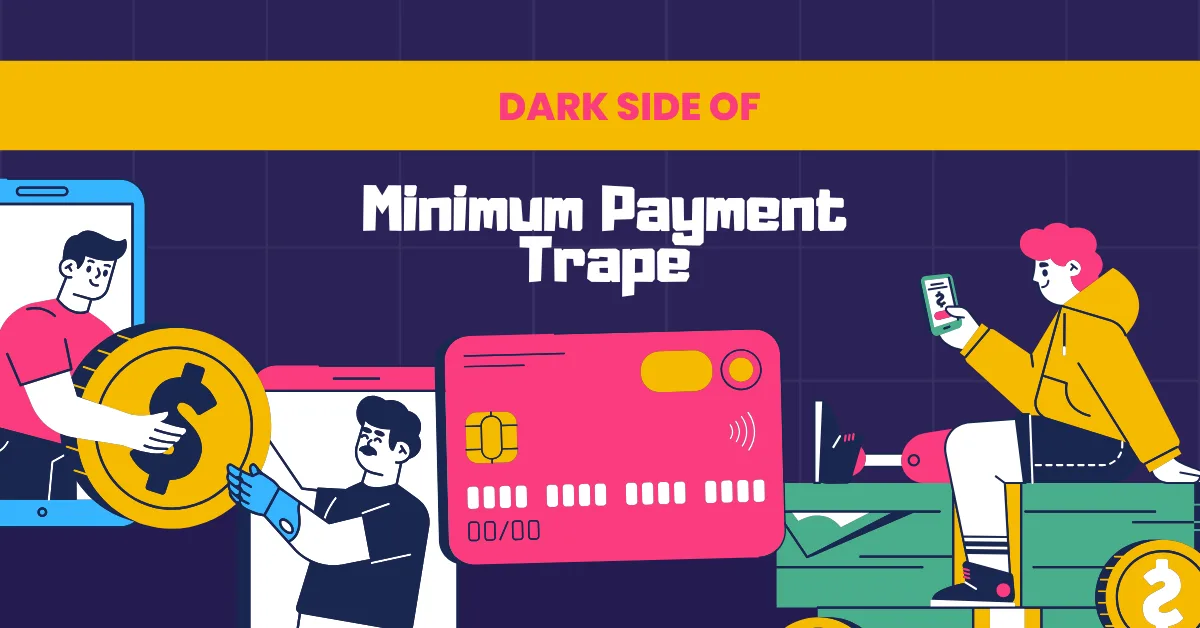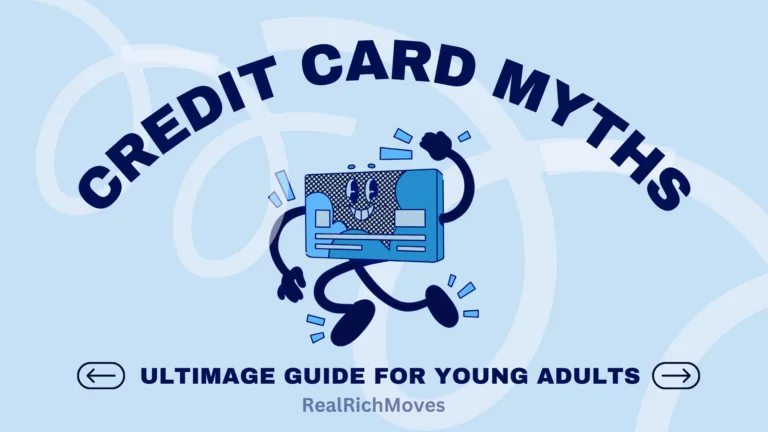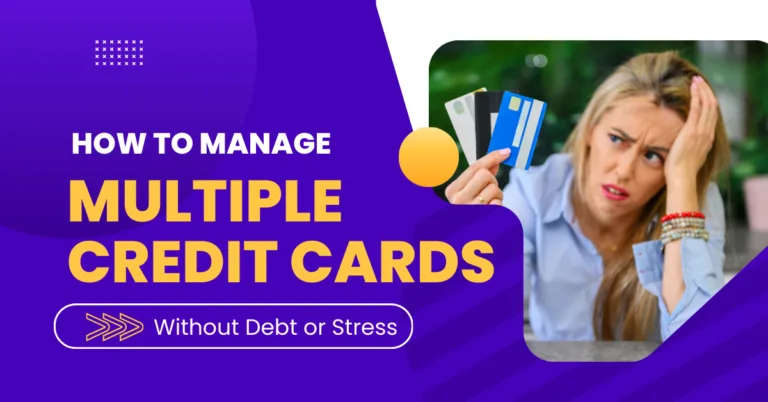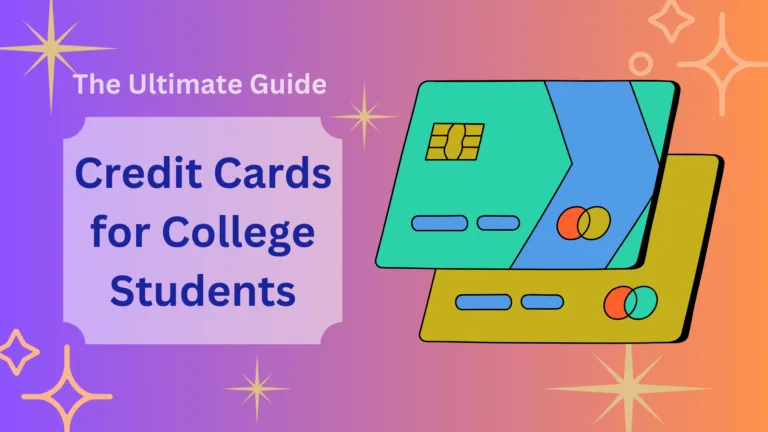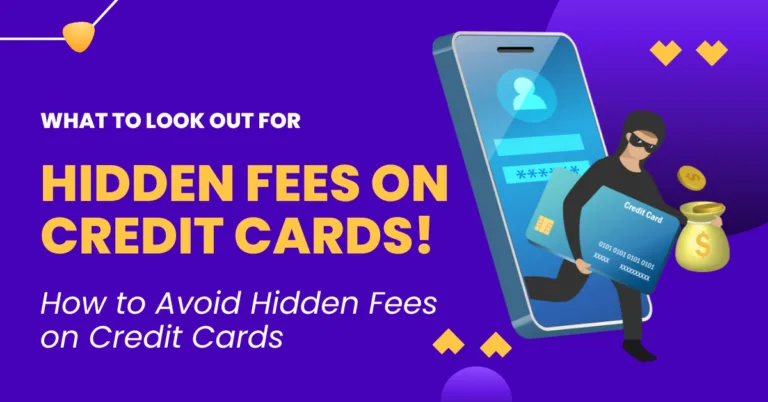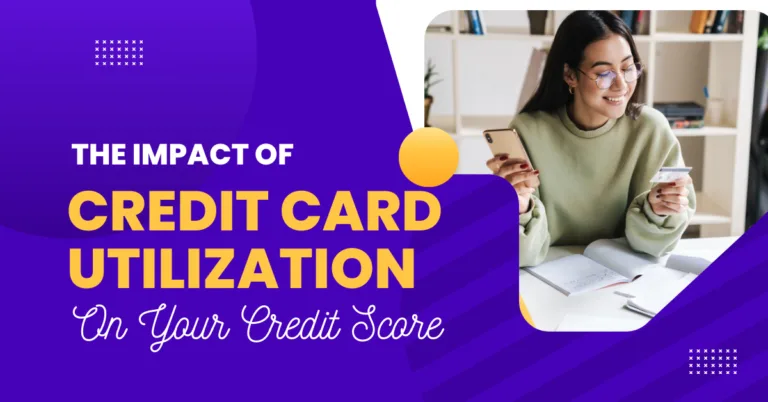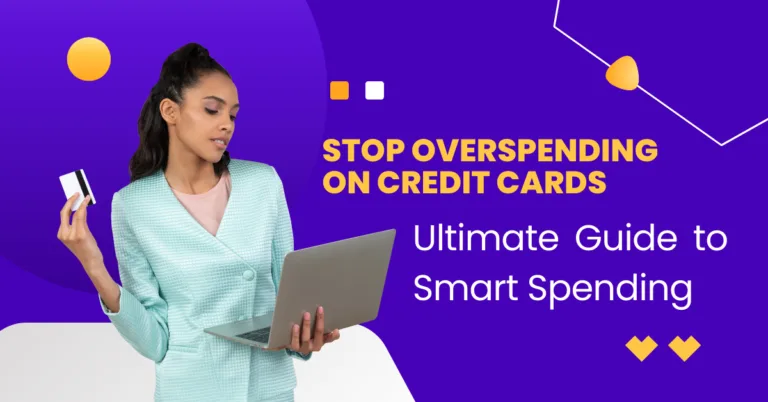Introduction
Hey fam! Let’s talk about something that might seem harmless, but can actually sabotage your financial future: minimum payments on your credit cards. You know, those tiny payments credit card companies want you to make each month? You might think it’s no big deal, but trust me, it’s a trap! It’s like a financial black hole that’s designed to keep you in debt, and today we’re going to expose the dark side of the minimum payment trap.
You might have heard that making the minimum payment is “good enough,” and it will help you avoid late fees. But the reality is that you are doing yourself a huge disservice. This post is all about exposing the truth behind minimum payments and giving you the tools to break free. Let’s get started and avoid the common Credit Card Myths for Young Adult.
This is your guide to understanding the dangers of only paying the minimum payment and also learning the strategies to escape this financial burden, that can last for years.
Now that you have some idea about the importance of this topic, let’s start with the basics.
The Minimum Payment Trap: What It Is and How It Works
Okay, before we get into all the scary stuff, let’s start with the basics. What exactly is a minimum payment, and how does it trap you? Understanding this is the first step to avoiding this dangerous situation and escaping this minimum payment trap.
Understanding Minimum Payment
Your minimum payment is the lowest amount you’re required to pay on your credit card balance each month. Credit card companies want you to think that paying the minimum is good enough, but that’s far from the truth. They are the only ones who benefit when you pay the minimum. In fact, they make the most money, when you are only paying the minimum payment, because you are going to be paying interest charges for a longer time.
The minimum payment is not designed to help you pay off debt quickly. It is designed to keep you in debt, because when you are in debt, you are paying interest charges, and the credit card companies make their money from those interest payments. Understanding this basic concept will help you in avoiding the minimum payment trap.
How Interest Rates Play a Role
Interest rates play a HUGE role in why the minimum payment trap is so dangerous. Your interest rate, also known as your APR (Annual Percentage Rate), is the cost of borrowing money on your credit card. It is expressed as a percentage, and it’s usually pretty high on credit cards. And this is where credit card companies make the majority of their money.
When you only pay the minimum payment, the interest charges start accumulating on the remaining balance. The higher the interest rates, the more money you’ll pay, and the longer you’ll be stuck in debt. Credit card companies depend on the fact that most customers are just paying the minimum balance and nothing more, so they can accumulate their profits. Understanding the concept of interest rates is vital in understanding the minimum payment trap.
The Compounding Interest Effect
Compounding interest is when interest starts accumulating on the interest. And that’s where things get really scary, if you are only paying the minimum payment. When you only pay the minimum payment, the interest is added to your balance, and then the next month, interest is charged on the new balance, which is higher than the original balance. This cycle keeps on going, and you end up paying a lot more money in interest, than the original balance that you had.
Let’s say you have a balance of $1000, with an APR of 20%. If you are only paying the minimum, then the interest charges will keep accumulating over time, and it will end up taking years to pay off this debt. It might even end up costing you twice as much due to all the interest charges. You can see how the minimum payment trap works. So, do your best to avoid it.
Now that we know how the minimum payment trap works, let’s explore all the long-term consequences of this dangerous trap.
Okay, so now that you know what the minimum payment trap is and how it works, it’s time to talk about the long-term consequences of this trap. Because it’s not just about the money you owe; it’s about the debt cycle you get stuck in and also the additional emotional stress you have to experience.
Long-Term Consequences of the Minimum Payment Trap
The minimum payment trap isn’t just a short-term hassle, it’s a financial nightmare, that can impact your life for a long time. It’s important to understand the big picture and the real dangers of getting trapped in this cycle. Let’s talk about the long-term consequences of the minimum payment trap.
The Debt Cycle
The minimum payment trap is designed to keep you in a debt cycle. When you only pay the minimum, you barely make a dent in your actual debt. The majority of your payment is just going towards interest charges, and not actually paying off the original amount you borrowed. This leads to a cycle of debt where your balance hardly goes down, even when you are making payments.
This debt cycle can last for years, and your debt may even grow over time, even if you are not making new purchases. That is why you should avoid the minimum payment trap at all costs. And the earlier you understand this, the better your financial health will be.
Years to Pay Off Debt
Here’s a fact that will shock you: If you only make the minimum payment on your credit cards, it can take you years to pay off the balance, even with a small balance. Let’s say you have a credit card debt of $2000, with an APR of 20%. If you are only paying the minimum payment, it can take you 10-15 years to pay off this debt, and even longer, if you are making new purchases.
You can see how dangerous the minimum payment trap can be, as it will end up costing you a lot more money and also take a long time to pay off your debt. So, you should make every effort to escape the minimum payment trap, and pay more than the minimum.
The Cost of Interest Charges
When you only make the minimum payment, you end up paying way more in interest charges, than the actual balance you owe. You could be spending years paying off debt that could have been avoided, if you had just paid your balance in full every month. Let’s say you have a debt of $2000 with an APR of 20%. If you are paying only the minimum, you might end up paying $4000, due to all the interest charges over the course of many years.
You can see the real cost of the minimum payment trap and the enormous amounts of money you can end up paying in interest charges over the years, if you only make the minimum payment. That extra money could have been used for other important things in life. This also means you could have been saving money rather than paying interest charges.
Now that we know all the dangerous consequences of paying the minimum, let’s talk about how you can avoid this trap.
Alright, now that we’ve established how bad the minimum payment trap is, it’s time to talk about how you can break free. We’re not here just to scare you; we’re here to help you avoid debt and take control of your financial journey. Let’s dive into some actionable strategies to avoid this minimum payment trap.
Breaking Free: How to Avoid the Minimum Payment Trap
Avoiding the minimum payment trap is not as difficult as it may seem. You just need to have a few simple steps and consistency, and that’s all it will take to protect your financial health. Let’s get into the practical steps that you can take today.
Pay Your Balance in Full Every Month
The best way to avoid the minimum payment trap is to pay your full credit card balance each month. This way you will completely avoid all those interest charges, and you will be debt free every month. It might seem impossible, but with proper budgeting and planning, this is totally doable. You should always aim to pay your balance in full every month, to avoid accumulating unnecessary debt.
By paying your balance in full, you’re also showing credit card companies that you’re a responsible borrower, which can actually have a positive impact on your credit score. This simple step will save you thousands of dollars over time. And also, help you avoid the minimum payment trap.
Set Up Automatic Payments
Setting up automatic payments can be a great way to make sure that you are paying your full balance on time every month, without any mistakes. Just make sure that the full balance is set as the payment amount and not the minimum. When you are busy, you might forget to pay your bills, and this might lead to interest charges, so it’s better to automate the process.
Automatic payments ensure that you never miss a payment and help you avoid paying extra in fees. It is a great way to stay on top of your financial health and also help you avoid the minimum payment trap.
Create a Budget and Track Your Spending
Creating a budget and tracking your spending habits will help you understand where your money is going and it will help you stay within your limits. This will give you insight into the areas where you are overspending. This awareness can help you make better decisions about your spending and avoid falling into the minimum payment trap.
By following your budget consistently, you will not only pay off your debt on time but will also have money for things that you want. Creating a budget is a foundational step to taking control of your finances and also avoiding the minimum payment trap.
Use Credit Cards Wisely
Credit cards are tools, not free money. Use them responsibly, and do not overspend, just because you have a credit card. Use your credit card only for planned purchases and not for impulse buys, and always buy only what you can afford to pay back in full. By spending wisely, you are avoiding unnecessary debt and you are one step closer to escaping the minimum payment trap.
Also, do not use credit cards for unplanned purchases, because it can quickly lead to overspending. Use credit cards wisely and avoid falling into the minimum payment trap.
Now that we know how to avoid the minimum payment trap, let’s discuss how to pay off any existing debt, if you have it.
Okay, so what if you’re already stuck in the minimum payment trap? Don’t worry, it’s not too late to turn things around. Let’s explore different strategies you can use to pay off your debt quickly, and take control of your finances.
Strategies to Pay off Existing Credit Card Debt
Getting out of debt might seem intimidating, but it’s totally possible with the right strategies. Let’s dive into some effective methods that can help you pay off your credit card debt faster. Let’s discuss how you can escape the minimum payment trap.
The Snowball Method
The snowball method involves paying off your debt from the smallest balance to the highest balance. So, start with paying off your smallest credit card debt, and once you are done with it, move on to the next smallest balance. The idea is that when you pay off your small debts, you will feel motivated to keep going.
The feeling of accomplishment when you are paying small debts is great motivation to keep going and ultimately helps you get out of debt faster. So, this strategy can definitely help you avoid the minimum payment trap.
The Avalanche Method
The avalanche method involves paying off your debts from the highest interest rates to the lowest interest rates. Start by paying off the credit card with the highest interest rate first. This will help you save money in the long run, as it will minimize the total amount of interest you will end up paying.
By focusing on high-interest debt first, you are saving money in the long run and also paying your debt faster. So this strategy can definitely help you avoid the minimum payment trap.
Balance Transfers
Balance transfers can be a good option to help you pay off existing debt. A balance transfer is when you move your debt from one credit card to another credit card, with a lower interest rate. This will save you money on the interest charges, and help you get out of the minimum payment trap faster.
However, make sure you do your research and understand all the terms and conditions of the balance transfer. Sometimes, there are balance transfer fees, so you need to consider if the transfer is actually worth it. But if done properly, a balance transfer can be a great option to pay off debt faster.
Debt Consolidation
Debt consolidation is another option that can help you simplify your debt payments. It involves combining multiple debts into a single loan, which ideally comes with a lower interest rate. This can make it easier to manage your payments, and also help you save money in the long run.
However, make sure to do your research and only take out a debt consolidation loan, if the interest rates are lower. If you take out a loan with high interest rates, then it is better to just stick to your existing payments. So, you need to be wise about it, but if you do it right, debt consolidation is a good way to get out of the minimum payment trap.
We’ve covered a lot of ground today, and now it’s time to wrap it all up.
Alright, folks, we’ve reached the end, and I hope you now understand the dangers of the minimum payment trap. And most importantly, you have all the tools you need to take control of your financial health.
Conclusion: Escape the Minimum Payment Trap and Take Control!
Let’s recap: the minimum payment trap is a dangerous cycle that keeps you in debt for longer than needed, and you end up paying more money due to all those high interest charges. The best way to avoid this trap is to pay your balance in full every month. Set up automatic payments, create a budget, and use your credit cards wisely.
If you are already in debt, use the snowball or avalanche method, and explore options like balance transfers and debt consolidation. Remember, you are in charge of your financial health, and you have the power to escape the minimum payment trap.
Ready to take action and ditch the minimum payment trap for good? Sign up for our free newsletter for more financial tips and tricks! Also check out our free debt tracker template.
Click here to explore our Credit Card Myths guide to further enhance your understanding and ensure you avoid the common pitfalls.
Share this post with a friend who is trapped in the minimum payment trap.

